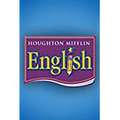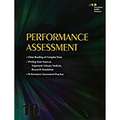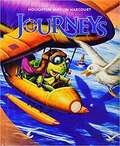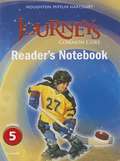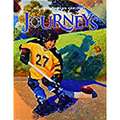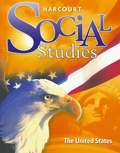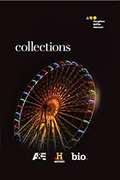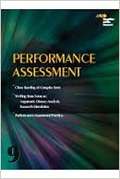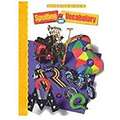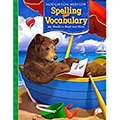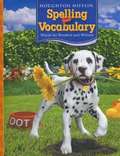- Table View
- List View
Houghton Mifflin English, Grade 3, Reteaching Workbook, Blackline Masters
by Houghton Mifflin CompanyNIMAC-sourced textbook
Houghton Mifflin English, Grade 3, Workbook Plus, Blackline Masters
by Houghton Mifflin CompanyNIMAC-sourced textbook
Houghton Mifflin English, Grade 6, Workbook Plus, Blackline Masters
by HmeENGLISH WORKBK PLUS BLMS LEVEL 6 01
Houghton Mifflin English: Level 4
by C. Ann Terry Shirley Haley-James John Warren Stewig Jacqueline L. Chaparro Marcus T. Ballenger June Grant Shane Nancy C. MillettThe book helps in strengthening the students' writing and promoting their independence in English. It contains lessons that specialize on grammar, usage, reading and writing and mechanics skills.
Houghton Mifflin English: Non-Consumable (Houghton Mifflin English #Level 3, 2006, (Student Edition))
by Houghton Mifflin Company StaffStudent Edition Non-consumable Level 3 2006
Houghton Mifflin Enjoy Invitations to Literature
by Houghton Mifflin Company StaffHoughton Mifflin Enjoy Invitations to Literature, Student Anthology Level 3.1
Houghton Mifflin Harcourt Collections - Common Core Performance Assessment, Grade 10
by Holt McdougalA language arts textbook
Houghton Mifflin Harcourt Journeys, Grade 2 Volume 2
by Editorial Staff of Houghton Mifflin HarcourtJourneys Grade 2 Units 4 to 6
Houghton Mifflin Harcourt Journeys: Common Core Reader's Notebook Consumable Grade 5
by Houghton Mifflin HarcourtA book that contains captivating comprehension passages that will help you improve your reading skills.
Houghton Mifflin Harcourt Journeys: Grade 5
by Houghton Mifflin HarcourtYou are about to set out on a reading journey that will take you from a virtual ride on a space shuttle to the countryside of Spain, where a knight battles a windmill. On the way, you will learn amazing things as you become a better reader.
Houghton Mifflin Harcourt Social Studies - The United States (Harcourt Social Studies)
by HARCOURT SCHOOL PUBLISHERSLanguage arts textbook
Houghton Mifflin Harcourt: Collections Grade 6
by Houghton Mifflin Harcourt6th Grade Literature textbook
Houghton Mifflin Harcourt: Performance Assessment
by Houghton Mifflin HarcourtCollections Performance Assessment Student Edition Grade 9
Houghton Mifflin Quest (Invitations to Literacy)
by J. David Cooper John J. PikulskiLanguage arts textbook 6th Grade
Houghton Mifflin Quest Invitations To Literature
by Houghton MifflinQuest, Student Anthology Level 6: Houghton Mifflin Invitations to Literature
Houghton Mifflin Reading: Surprises
by Houghton Mifflin HarcourtThe book is full of beautifully illustrated stories and is in a simple language. The book is for beginning readers. The biggest bonus in this book is cover-to-cover full-color presentation coupled with discussion questions at the end of each story unit.
Houghton Mifflin Reading: Treasures
by Houghton Mifflin HarcourtThe book is for beginning readers. The biggest bonus in this book is cover-to-cover full-color presentation coupled with discussion questions at the end of each story unit.
Houghton Mifflin Soar to Success Student Guide Level 4
by J. David Cooper David ChardNIMAC-sourced textbook
Houghton Mifflin Soar to Success Student Guide, Level 2
by J. David Cooper David ChardNIMAC-sourced textbook
Houghton Mifflin Soar to Success Student Guide, Level 5
by J. David Cooper David ChardNIMAC-sourced textbook
Houghton Mifflin Soar to Success Student Guide, Level 6
by J. David Cooper David ChardNIMAC-sourced textbook
Houghton Mifflin Spelling and Vocabulary, My Words to Read and Write
by Shane Templeton Donald R. Bear Brenda SabeyNIMAC-sourced textbook
Houghton Mifflin Spelling and Vocabulary: Words for Readers and Writers
by Shane Templeton Donald R. Bear Brenda Sabey Sylvia Linan-Thompson Houghton Mifflin Company StaffHoughton Mifflin Spelling and Vocabulary: Words for Readers and Writers

